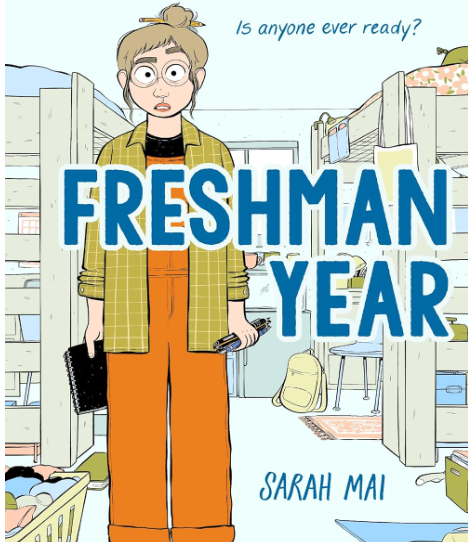Blog post 7
In chapter 7 of academic reading, several elements of structure, language, and reference are discussed.
The thesis statement, which forms the basis of the argument and needs to be precise and debatable, is one important structural component.
The chapter also discusses many organizational patterns, such as chronological, thematic, or comparative structures. For language, a formal tone is necessary in humanities writing.
For reference, citation of sources is essential. It also shows how the author can interact with one another. The most commonly used citations are MLA, CMS, and APA.
In the story at the end of the article, I first recognized the thesis. The author portrayed the thesis well and also made some observations and did the correct research to organize that. Reference is used consistently to cite the authors whose work was used in the second paragraph. “Idea of joyful love and marriage” is a significant use of language, with the author’s joyfully referring to love and marriage.

Dear Madelyn,
I like your summarization of Chapter 7 of Academic Reading, but there are a few areas where you could expand to meet the word limit and provide more information. First, you mentioned the thesis statement, which is essential in academic writing because it gives the argument’s direction and helps the readers understand your reading better. In your blog, you said that the thesis was portrayed well in the article you analyzed, which is a good observation. It might help to give a little more detail about how the author introduced and developed the thesis since a clear and strong thesis is one of the most important aspects of academic writing.
You also talked about the importance of organizational patterns like chronological, thematic, and comparative structures. These patterns help to guide the readers through the argument in a clear, logical way. When you mention the “idea of joyful love and marriage,” you could connect that to the structure of the argument in the piece you are referring to. What organizational patterns did the author use to explore the idea of joyful love and marriage? Providing more insight into how the author’s structure supported their thesis could deepen your analysis. Another point you made was about the formal tone in humanities writing, which is important. Formality helps the argument to be taken seriously. Was the tone throughout the article consistently formal, or did it shift? How did the author balance formal language with a more emotional theme like love and marriage?
Your comment about references and citations is accurate. Citing sources not only gives credit to the original authors but also strengthens the writer’s argument by showing how it fits within existing scholarly conversations. You could expand on this by discussing how the author used the citations to support their thesis or to make their argument more credible. Did the author reference any key scholars or studies that helped to strengthen their argument? What types of sources did they use?
Your blog was good, but it was a bit short for the assignment, and there is a lot more you can discuss. Like expanding on each point with more specific examples from the article you are analyzing. Discussing how the author used language, structure, and references more will give the readers a deeper understanding of how academic writing works and help you meet the word count. I think you have identified some key elements, but a more detailed analysis and examples would make your blog even stronger.